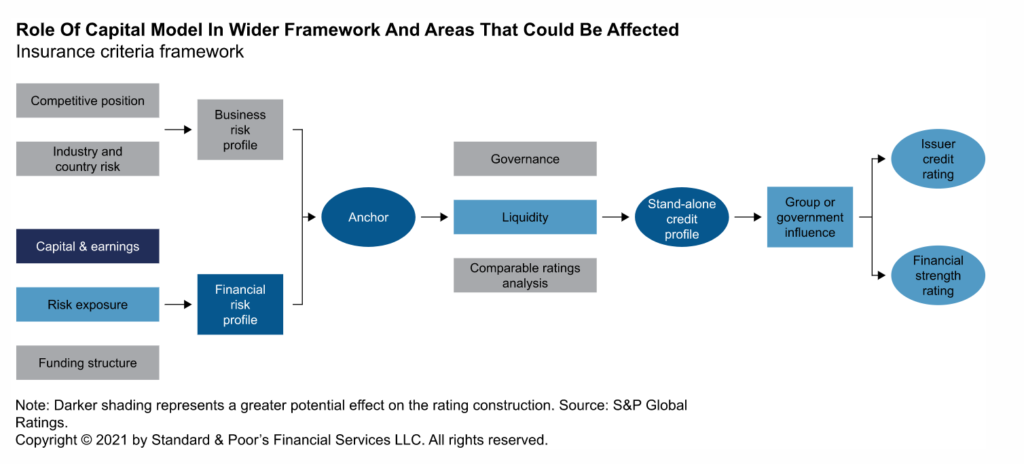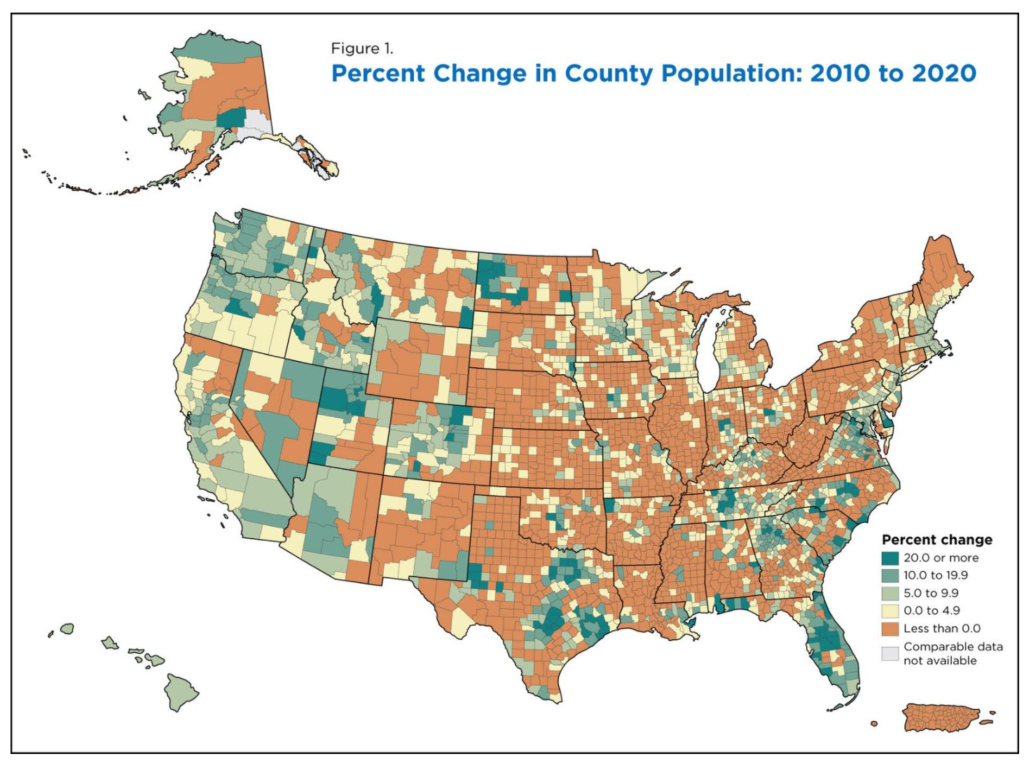Graphic:

Excerpt:
The main reasons for the proposed changes to our criteria include:
Incorporating recent data and experience since our last update of the insurance capital model criteria;
Enhancing global consistency in our risk-based capital (RBC) analysis;
Increasing risk differentiation in capital requirements where relevant and material to our analysis, as well as reducing complexity where it does not add analytical value;
Improving the transparency and usability of our methodology, such as with our proposal to supersede 10 related criteria articles; and
Supporting our ability to respond to changes in macroeconomic and market conditions by introducing sector and industry variables.
A list of changes to our proposed criteria appears in the RFC and in the appendix of this article.
Author(s):
Simon Ashworth, Ali Karakuyu, Carmi Margalit, Eunice Tan, Sebastian Dany, Olivier J Karusisi, Ron A Joas, Mark ButtonPublication Date: 6 Dec 2021
Publication Site: Standard & Poors

